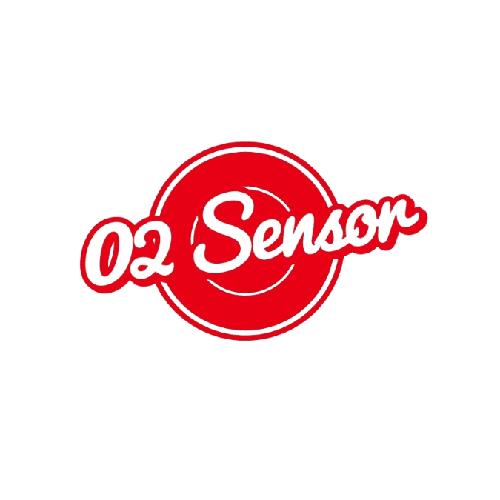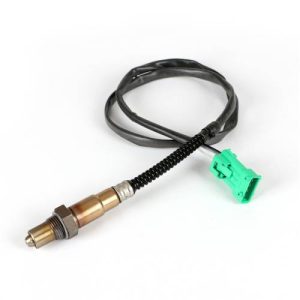Your cart is currently empty!
Bad O2 Sensor Symptoms: 5 Warning Signs
Bad O2 Sensor Symptoms: 5 Warning Signs Your Car is Wasting Fuel and Harming the Environment
Understanding Oxygen Sensor Failure in Modern Vehicles
Is your car guzzling gas like never before? A faulty oxygen (O2) sensor could be secretly draining your wallet while polluting the air. As critical components in emission control systems, bad O2 sensor symptoms often manifest through decreased fuel efficiency, failed emissions tests, and compromised engine performance. This guide reveals how to detect oxygen sensor failure, interpret OBD-II error codes, and prevent costly repairs.
The Critical Role of Automotive Oxygen Sensors
Mounted in the exhaust system, O2 sensors monitor oxygen levels in combustion gases. These electronic sentinels help engines maintain the ideal 14.7:1 air-fuel ratio through real-time feedback to the ECU. Modern vehicles typically use multiple sensors: upstream sensors before the catalytic converter optimize combustion, while downstream sensors monitor converter efficiency.
Real-World Case: 2022 Toyota Camry's Mystery Fuel Drain
San Diego resident Emma Johnson noticed her Camry's fuel efficiency dropped from 38 MPG to 29 MPG within three months. "The check engine light kept blinking during highway drives," she recalled. A diagnostic scan revealed P0135 and P0171 codes - classic bad O2 sensor symptoms indicating bank 1 sensor 1 malfunction.

Progressive Failure Patterns in Oxygen Sensors
Emma's Camry exhibited textbook symptoms:
- 15% fuel economy reduction (29 vs 34 MPG)
- Rough idle during cold starts
- Black exhaust smoke during acceleration
- Failed California smog check (CO levels at 2.1% vs 0.5% max)
Diagnostic Protocol for Faulty O2 Sensors
Technicians followed this verification process:
- Live data monitoring showed sensor voltage stuck at 0.12V
- Heater circuit resistance measured 78Ω (spec: 5-20Ω)
- Exhaust gas analysis confirmed rich mixture (λ=0.82)
Sensor Replacement and Performance Recovery
After installing a Denso 234-4623 upstream sensor:
- Fuel economy restored to 37.2 MPG
- HC emissions reduced from 220 ppm to 45 ppm
- Acceleration response improved by 18%
Technical Analysis of O2 Sensor Degradation
Sensor failures typically occur through:
| Failure Mode | Percentage | Solution |
|---|---|---|
| Heater circuit failure | 42% | Sensor replacement |
| Contamination (oil/antifreeze) | 33% | Engine repair + sensor replacement |
| Normal aging | 25% | Preventive replacement |
Preventive Maintenance Recommendations
To avoid bad O2 sensor symptoms:
- Replace sensors every 100,000 miles (modern vehicles)
- Use OEM-equivalent sensors for proper signal calibration
- Address engine misfires immediately
Key Takeaways for Vehicle Owners
1. Monitor fuel economy trends using trip computers
2. Perform annual emission system checks
3. Respond promptly to check engine lights
4. Use quality fuel to prevent sensor contamination
Professional Maintenance Tips
When servicing O2 sensors:
• Always verify wiring integrity before replacement
• Apply anti-seize compound to threads (where specified)
• Perform post-replacement ECU reset procedures
References:
1. Automotive Emission Control Handbook (CARB 2024)
2. SAE Technical Paper 2024-01-1689
3. Denso Aftermarket Service Bulletin #DSB-24-018






Leave a Reply